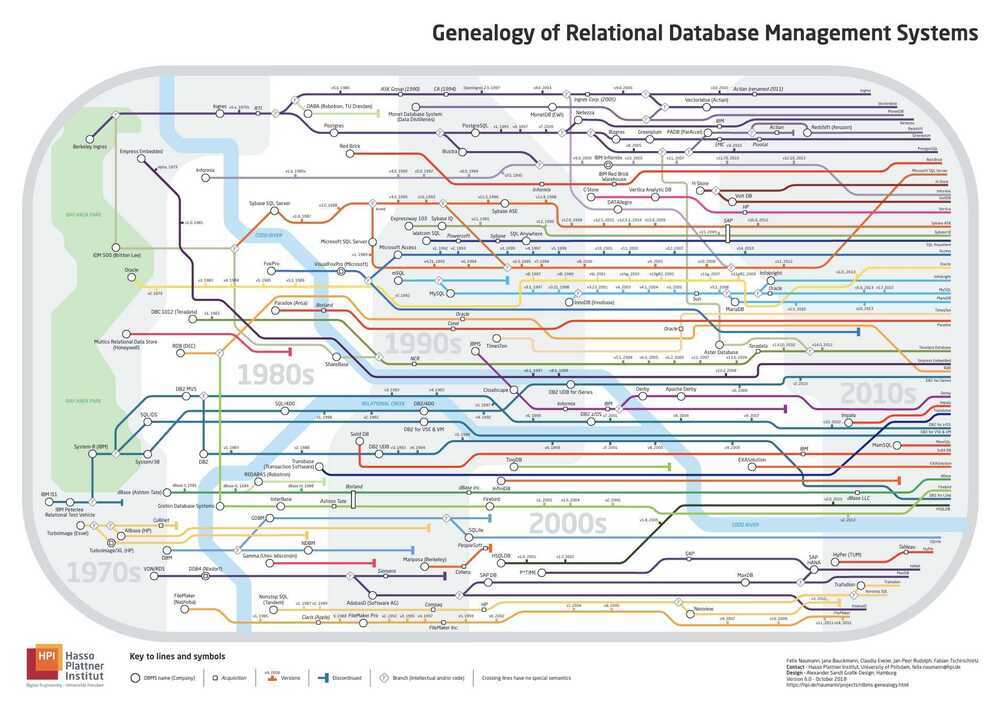RDBMS
A relational databaseis a database that organizes information into one or more tables. Here, the relational database contains one table.
A table is a collection of data organized into rows and columns. Tables are sometimes referred to as relations. Here the table is celebs.
A column is a set of data values of a particular type. Here, id, name, andageare the columns.
A row is a single record in a table.
All data stored in a relational database is of a certain data type. Some of the most common data types are:
- INTEGER, a positive or negative whole number
- TEXT, a text string
- DATE, the date formatted as YYYY-MM-DD
- REAL, a decimal value
SQL Databases
- Oracle Database
- MySQL
- Postgres
- MSSQL Server
- IBM DB2
Codd's 12 rules
Codd's twelve rules are a set of thirteen rules (numbered zero to twelve) proposed by Edgar F. Codd, a pioneer of the relational model for databases, designed to define what is required from a database management system in order for it to be considered relational, i.e., a relational database management system(RDBMS). They are sometimes jokingly referred to as Codd's Twelve Commandments.
- Rule 0: The foundation rule
- Rule 1: The information rule
- Rule 2: The guaranteed access rule
- Rule 3: Systematic treatment of null values
- Rule 4: Dynamic online catalog based on the relational model
- Rule 5: The comprehensive data sublanguage rule
- Rule 6: The view updating rule
- Rule 7: Possible for high-level insert, update, and delete
- Rule 8: Physical data independence
- Rule 9: Logical data independence
- Rule 10: Integrity independence
- Rule 11: Distribution independence
- Rule 12: The nonsubversion rule
https://en.wikipedia.org/wiki/Codd%27s_12_rules
RDBMS Geneology
